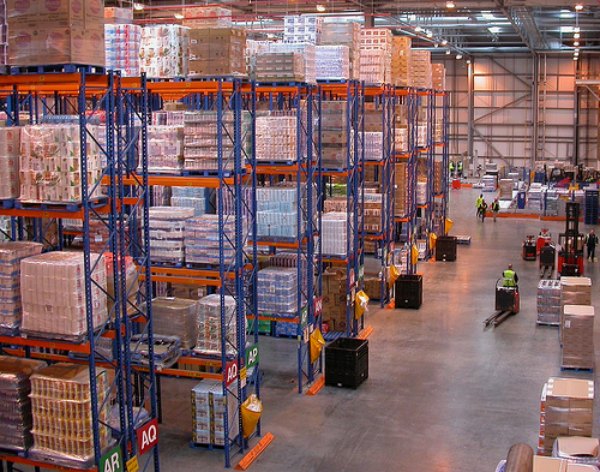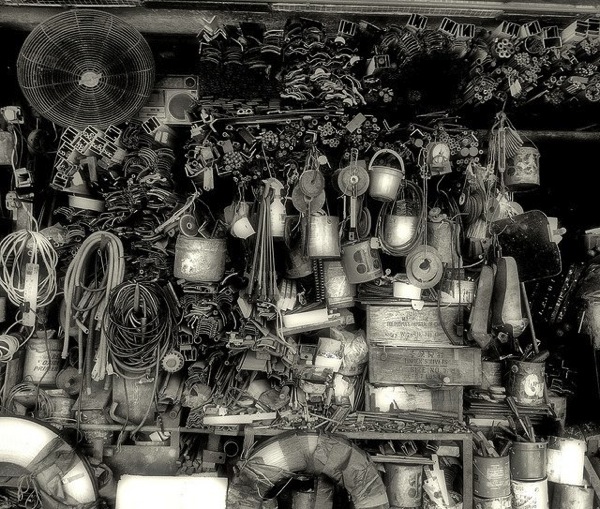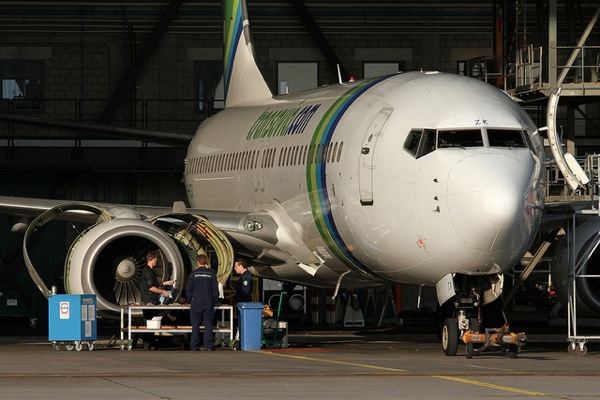In the not so distant past I was enjoying a delicious meal at a 5 star restaurant. It was melt in your mouth fantastic but this isn't what drew my attention. My attention was immediately fixed on the service.

Would you like water sir? Yes, please. Boom, the water appeared immediately.
Are you enjoying your meal sir? It's fantastic but could I trouble you for some extra sauce? Boom, done immediately.
Is there anything else I can do? I would enjoy a nice cigar. Sir we don’t carry cigars but I’ll have someone run to the shop next door to get you one.
You see, the meal was great but the service was even better. And even better than the service was the distribution strategy of the services and products.
The server was acting as the liaison to my personal needs while the cooks, runners and everyone else made sure I got exactly what I needed. They were streamlined and even when I made an odd demand they were organized enough to figure it out.
The 5 star restaurant provided me a service where everything was immediately available and immediately consumed by me.
They were like ducks, calm on the surface but fiercely paddling under the water.
All I had to worry about was relaxing and enjoying my surroundings.
Now you’re wondering how in the world this relates to you aren't you?
Why you should be waited on
Imagine if you could be me in the scenario above.
You sit back ready to consume what's provided to you, while your supplier is paddling like a duck to get you the services you require.
All you have to do is focus on consumption and your profit generating activities.
There will be no chaotic scrambling because you have a team of cooks, runners and servers to help with your distribution requirements. Whether it be repairs, outright purchases, aircraft maintenance checks, exchanges or all the above.
Don’t keep putting yourself through stressful events.
Since you’re operating in the aviation environment you should be like a patron at a 5 star restaurant. Consume what's needed while your trusted partners provide you with a streamlined distribution strategy.
Just like the folks at the fine dining restaurant, they actually cared about my experience. If you look for that in a partner, consider yourself reprieved from 99% of all the stress you experience now.
From restaurant to Just In Time inventory for aircraft maintenance
Most people, including you and I eat out often. It’s fun and relaxing.
What we typically don’t notice is that restaurants provide us with a Just In Time inventory strategy. We eat our meals when were ready to consume it. This is what makes the whole experience relaxing. Am I right?
Otherwise we have to go to the grocery, stock food for a couple weeks, of which 30% of it will spoil. Ahh…
Right now your maintenance strategy is probably like going to the grocery. You overbuy or you get material not yet needed costing you time and money.
Once you begin to act as I did at the fine dining restaurant, you’ll begin to relax.
This is why Just In Time inventory may be a decision to consider.
If you would like to learn more about how a Just In Time inventory program can help you, click here















